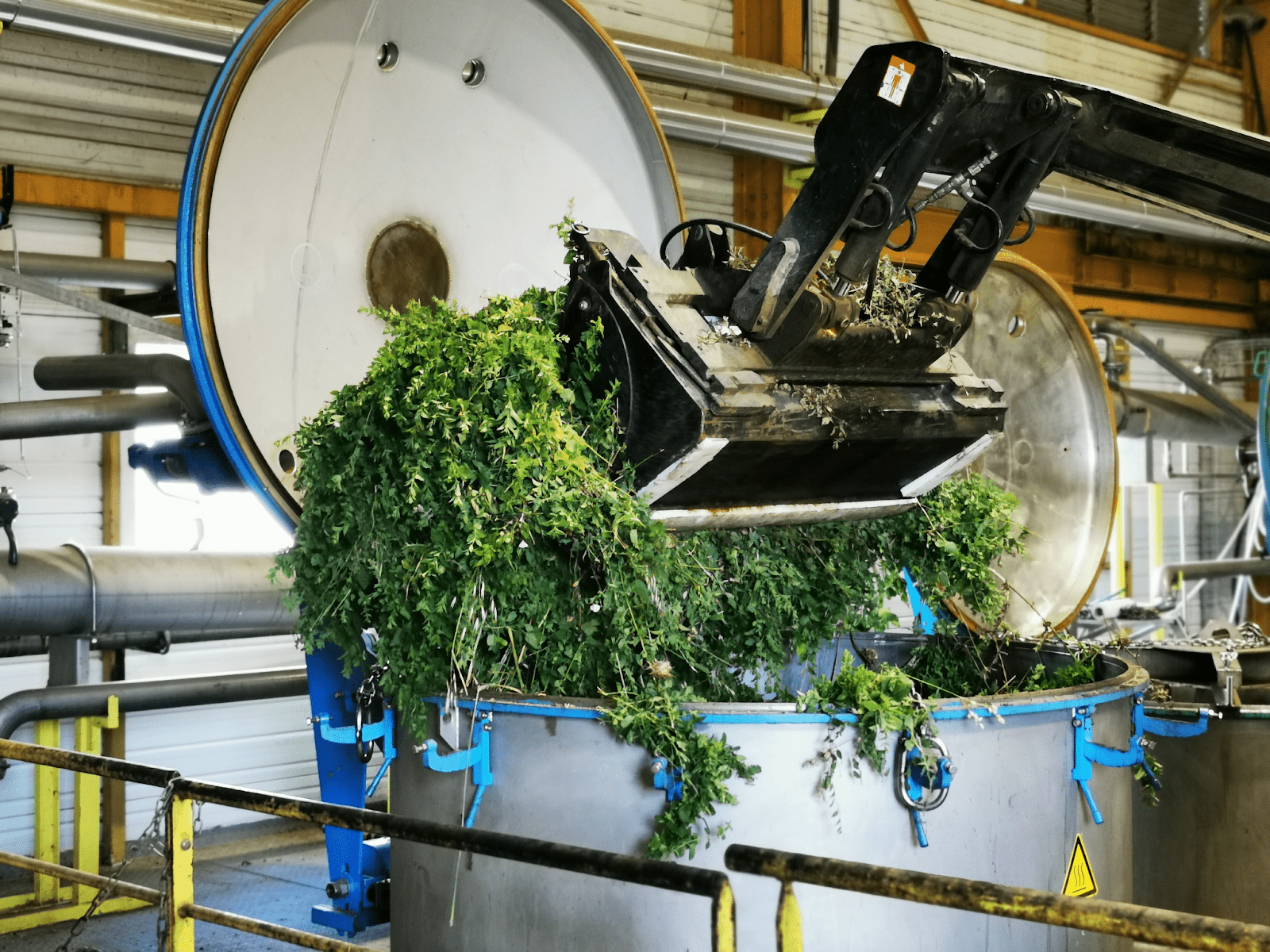
Thanks to the long process of evolution and the resulting selection, plants have been able to adapt to defend themselves and resist different environmental conditions. Some have undergone morphological transformations, while others have been able to evolve their metabolism to the point of developing molecules of interest for various functions, such as insect control, reproduction or even communication. It is from this last large group of aromatic plants that we now derive essential oils.
Essential oils are fragrant products, generally complex in composition, obtained from a botanically defined plant raw material, either by steam distillation, dry distillation or by a suitable mechanical process without heating.
Essential oils can be obtained in 4 different ways:
While the extraction method is clearly defined according to the essential oil to be extracted, the quality and traceability criteria are many and varied. It's not always easy for those involved in the industry, or for consumers, to find their way around. Organic certification is the best known and most important in the sector. But what guarantee does a certified organic essential oil offer?
Find out more in our next article Organic certification for essential oils.